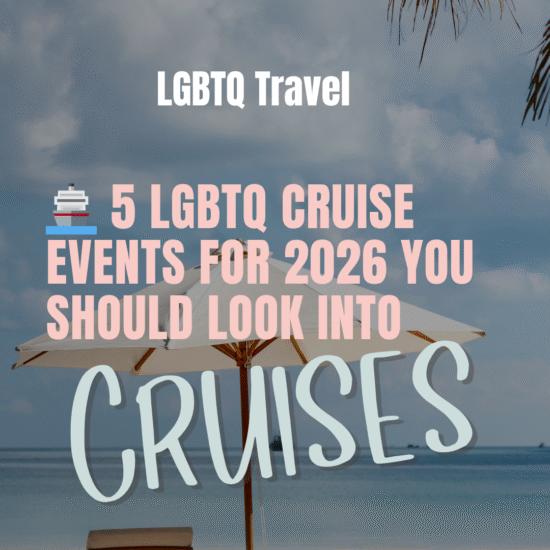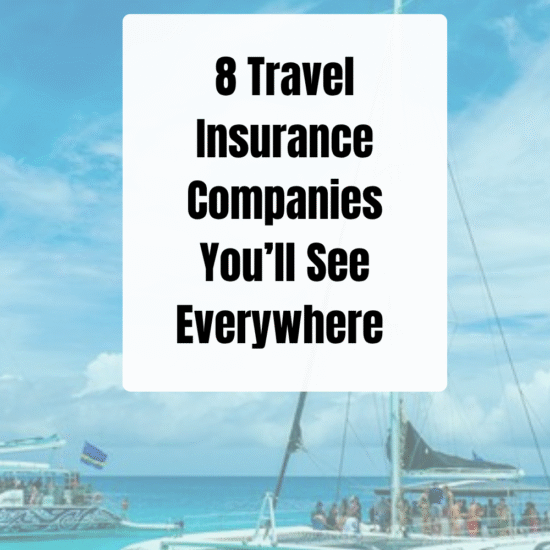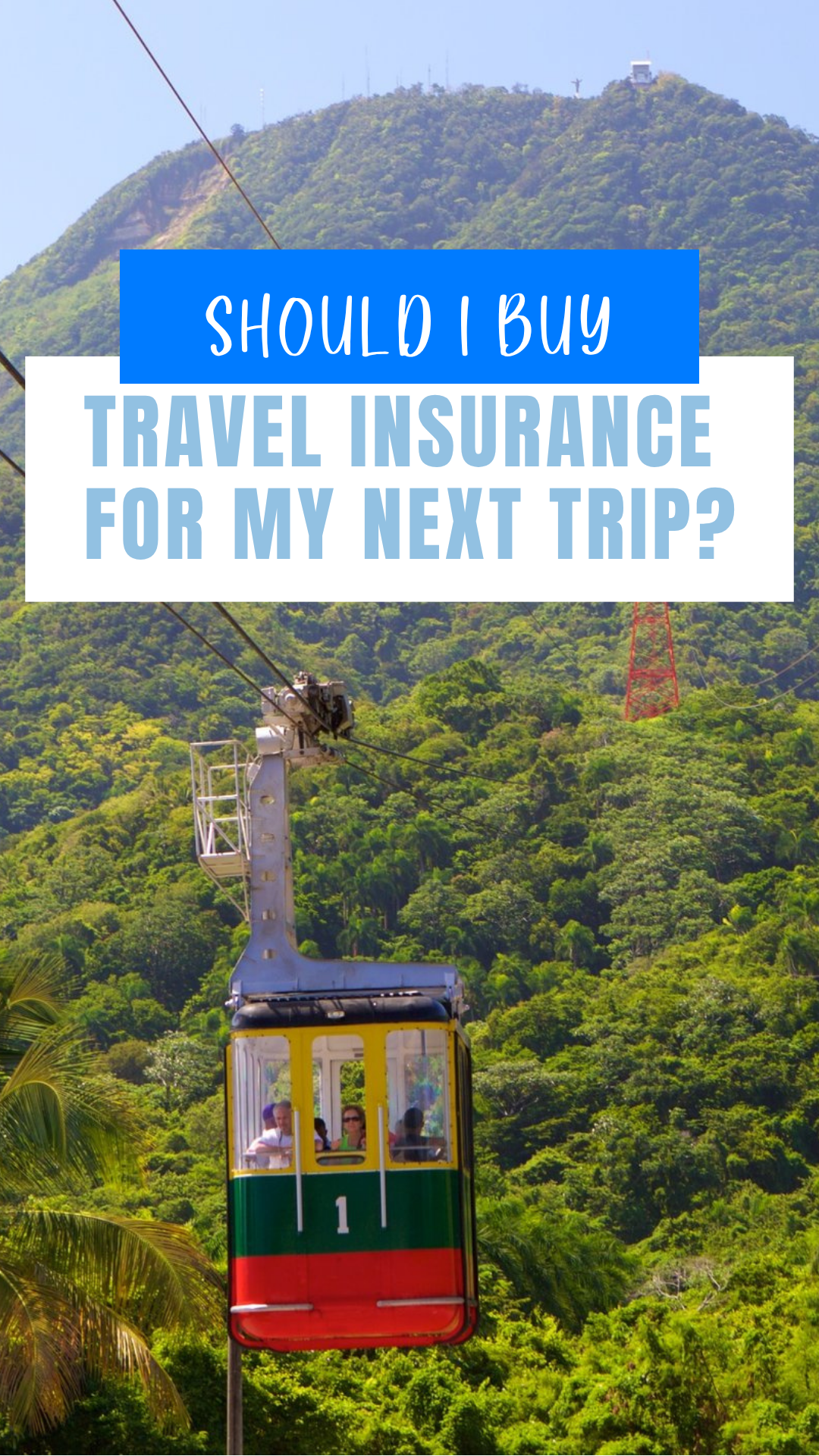
Why I Don’t Skip Travel Insurance Anymore: Real Talk, Real Numbers, and 4 Big Providers You’ll See Everywhere
I used to gamble on trips. Fly across an ocean, book nonrefundable stuff, and hope nothing went sideways. As I have aged I have changed my ways; knowing that I could sleep wrong and wake up with back pain in my 40s makes you rethink the gamble. . If you’re planning an international trip, travel insurance isn’t just a nice add-on. It’s the backup plan that keeps a bad day from wrecking your savings. Let me break down the basics, what it usually costs on a $1,250 per-person trip, and the four names you’ll see advertised the most, including Allianz, which you’ll run into on a lot of airline and booking sites.
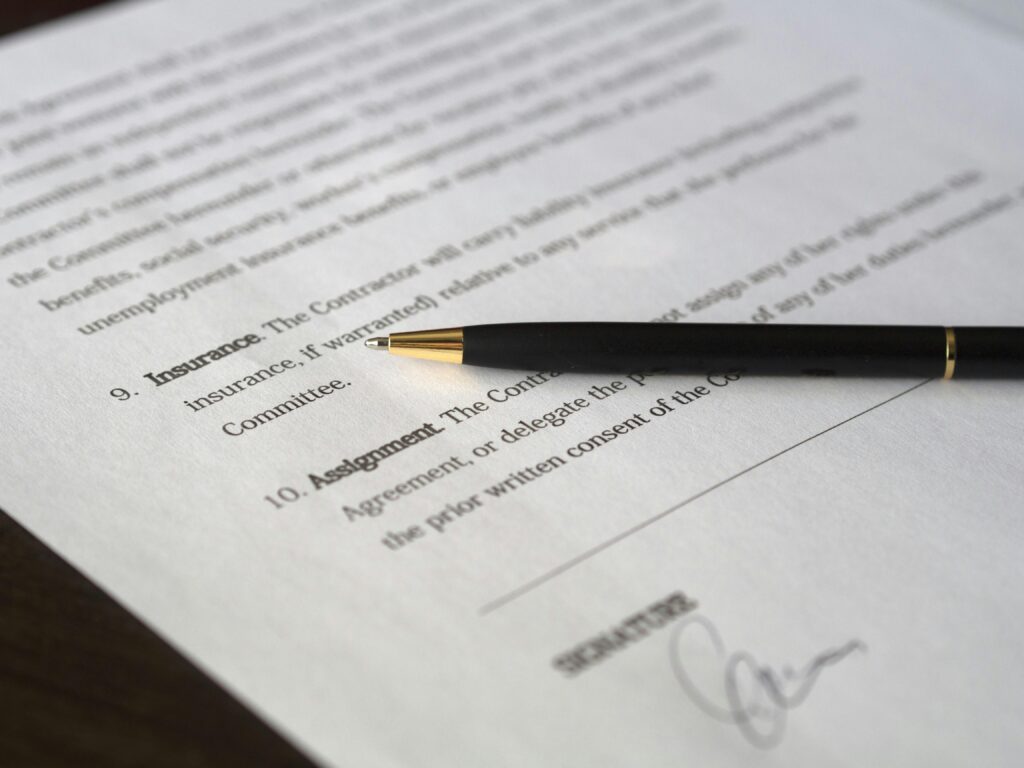
What travel insurance actually covers
Most mainstream plans bundle a few core protections:
- Trip cancellation and interruption if you have to cancel or cut things short for a covered reason
- Emergency medical and dental; this will ensure that you are not on the hook for the injury or illness when you are traveling.
- Emergency medical evacuation will help move you from that local hospital back home or to a major hospital in a nearby country
- Travel delay and missed connection if a flight is delayed and you miss need a hotel, meals, or need to rebook a flight this will help cover those expenses.
- Baggage loss, damage, or delay so lost gear is not your problem
- 24/7 assistance to help you find care, translate, or replace documents
That’s the frame you’re buying. Specific limits and rules change by company and plan, so always scan the benefits chart before you pay. When you consider your trip, if something is more important, prioritize that when looking at your insurance needs. Meaning if you want rental car damage protection more than anything else prioritize that; if you think Cancel For Any Reason is a requirement look for policies that offer that benefit.
What it usually costs on a $1,250 trip
This is the part everyone asks first. The short answer: a normal price for comprehensive coverage is about 4% to 10% of your insured trip cost. That’s not me guessing. It lines up with recent market data from Forbes Advisor at 4% to 6% on average, Squaremouth’s consumer analysis at 4% to 10%, and Experian’s overview at 4% to 8%. (Forbes)
So if your international trip runs $1,250 per person for flights, hotel, tours, and a car, you’re likely looking at something like:
- Budget end around $50 per person
- Middle around $75–$90 per person
- Higher end around $110–$125 per person
Annual plans are a different thing and can make sense if you take several trips. Squaremouth’s latest comparison puts average annual pricing at about $298 versus $87 for a single-trip medical-only plan, which can be cheaper per day if you travel often. (Squaremouth Travel Insurance)
Four big names you’ll see advertised a lot
There are dozens of legit insurers. These four pop up constantly on airline checkouts, booking engines, and comparison sites, and they cover the core benefits most travelers want.
1) Allianz Global Assistance
You’ll see Allianz at checkout with airlines like American Airlines, and on major booking platforms such as Priceline. They also say they partner with “thousands” of travel brands, from agencies to websites, which matches what you see in the wild when you book. (American Airlines)
What they cover: Trip cancellation and interruption, emergency medical and dental, medical evacuation, travel delay, baggage, plus 24-hour assistance. Allianz also markets features like SmartBenefits for some delay payouts and offers annual plans if you travel a lot. (Allianz Travel Insurance)
When I pick them: When I’m booking through an airline flow that already integrates Allianz or I want a well-known brand with large assistance networks.
2) Travel Guard by AIG
Travel Guard is another big advertiser and a common pick on comparison sites and through travel advisors. Their plans highlight trip cancellation, interruption, medical expense and evacuation, baggage, and delay, with 24/7 assistance and optional add-ons. (Travel Guard)
When I pick them: When I want a clear menu of plan tiers and easy add-ons, or I’m working with a travel advisor who quotes AIG often.
3) Travelex Insurance Services
Travelex pushes simple, family-friendly plans, often with “kids-included” pricing, and clean benefits charts. Typical benefits include trip cancellation and interruption, medical coverage, travel delay, baggage, and optional upgrades like adventure or car-rental coverage. (Travelex Insurance)
When I pick them: When I’m traveling with family or want a solid middle-tier plan without overthinking it.
4) World Nomads
World Nomads leans into flexible coverage for independent travelers and a long list of covered activities. They emphasize overseas medical, evacuation, 24/7 assistance, and coverage for 200-plus adventure activities under the right plan. (World Nomads)
When I pick them: When my trip includes hiking, diving, or other activities that may be excluded on basic plans.
Quick note: AXA and several others are big players too, and you’ll find them on comparison sites. If one of these four does not fit your trip, it’s worth checking AXA’s plan grid for similar benefits and price points. (neo-travel-b2c-usa)

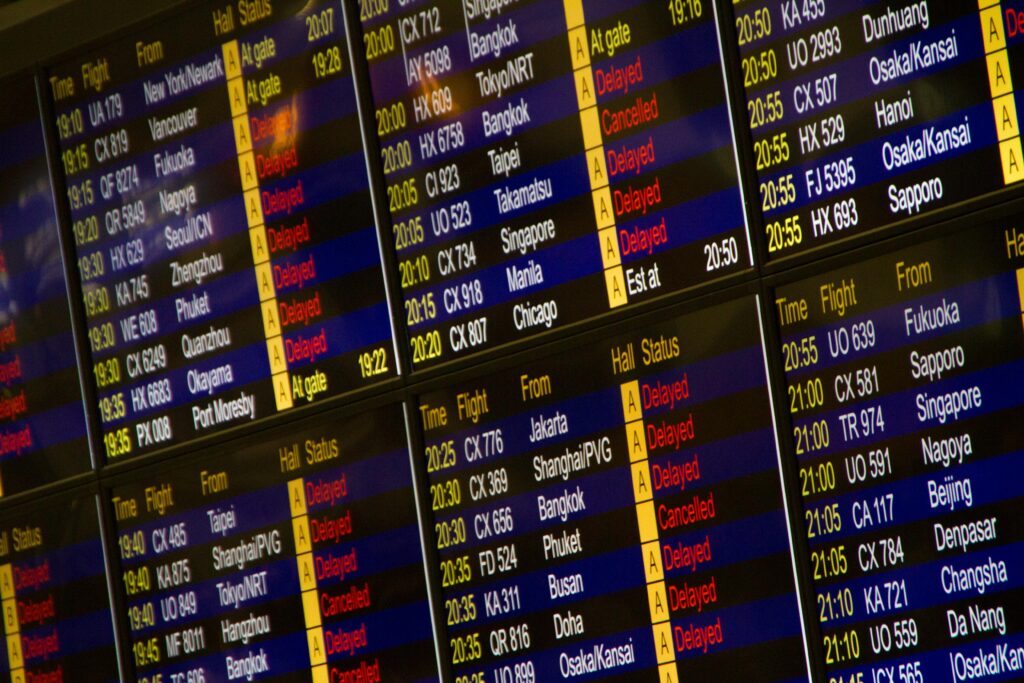
How I match a plan to a $1,250 international trip
Let’s say you and a friend book a $2,500 package total, so $1,250 each. You want a plan that covers your prepaid, nonrefundable costs and the medical side, because that is where surprises hurt the most.
Here’s the filter I use:
- Trip cancellation and interruption: Make sure the cancellation limit covers your nonrefundable pieces and that interruption is at least 100% of trip cost. Allianz, Travel Guard, Travelex, and World Nomads all offer this category across plans. (Allianz Travel Insurance)
- Emergency medical and evacuation: For international trips, I like $50,000–$100,000 medical and $250,000+ evacuation. All four brands list medical and evac benefits on their plan pages, with higher limits on upper tiers. (Allianz Travel Insurance)
- Delay and baggage: Look for at least $500 delay and $1,000 baggage so a lost suitcase does not derail you. Travelex, for example, shows that level on mainstream plans, and the others offer similar ranges by tier. (Travelex Insurance)
- Pre-existing conditions and timing: If you want that waiver, buy soon after your first trip payment. Each company has a time window and rules, so read the fine print on the benefits page at checkout. (Allianz Travel Insurance)
Add-ons: If you worry about changing your mind, look for Cancel For Any Reason upgrades where available. If you are renting a car and want to avoid your auto insurer, look for rental-car damage coverage or buy it from the rental desk. Benefits and availability vary, so match the add-on to your plan before you check out. (Travelex Insurance)
Where you’ll see Allianz pop up while booking
This is why I called out Allianz by name. Airlines and booking engines often plug Allianz right into their checkout. For example, American Airlines sells Allianz trip insurance during purchasing. Priceline has partnered with Allianz in the past and still markets travel protection prominently in its flow. If you like a one-stop checkout, that integration is convenient. If you want to comparison-shop, it’s fine to skip the checkbox and buy direct after you compare. (American Airlines)
Realistic scenarios where insurance saved the day
- Flight meltdown the day before departure: Trip cancellation can reimburse nonrefundable tours and hotel nights you can’t use when a covered reason applies. That beats eating the cost. Providers like Allianz, Travel Guard, and Travelex all list trip cancellation and interruption in their core benefits. (Allianz Travel Insurance)
- Emergency care abroad: Your domestic health plan may not pay much outside the country. A travel plan’s emergency medical and evacuation gets you treated and moved to appropriate care without a five-figure surprise. All four brands above highlight these benefits. (Allianz Travel Insurance)
- Bag goes missing with your meds: Baggage delay helps you replace essentials on arrival. Baggage loss helps when it never shows. Again, that’s standard across these brands with varying limits. (Travelex Insurance)
How I buy without overpaying
- Price check the range. On a $1,250 per-person trip, I aim for $75–$100 per person. That’s right in the 4% to 8% lane for most dates. If I see $150 for a basic plan, I look again. (Forbes)
- Pick the right tier. If your itinerary is simple, a mid-tier plan is usually enough. Paying extra for way higher limits you don’t need is just… extra.
- Buy early if you need special perks. Pre-existing condition waivers and CFAR often require you to purchase within a set window after your first deposit. That clock starts early. (Allianz Travel Insurance)
Use the included PhotoPass of insurance. Every brand here includes 24/7 assistance. Save the number. When a hiccup hits, call them first. (Allianz Travel Insurance)
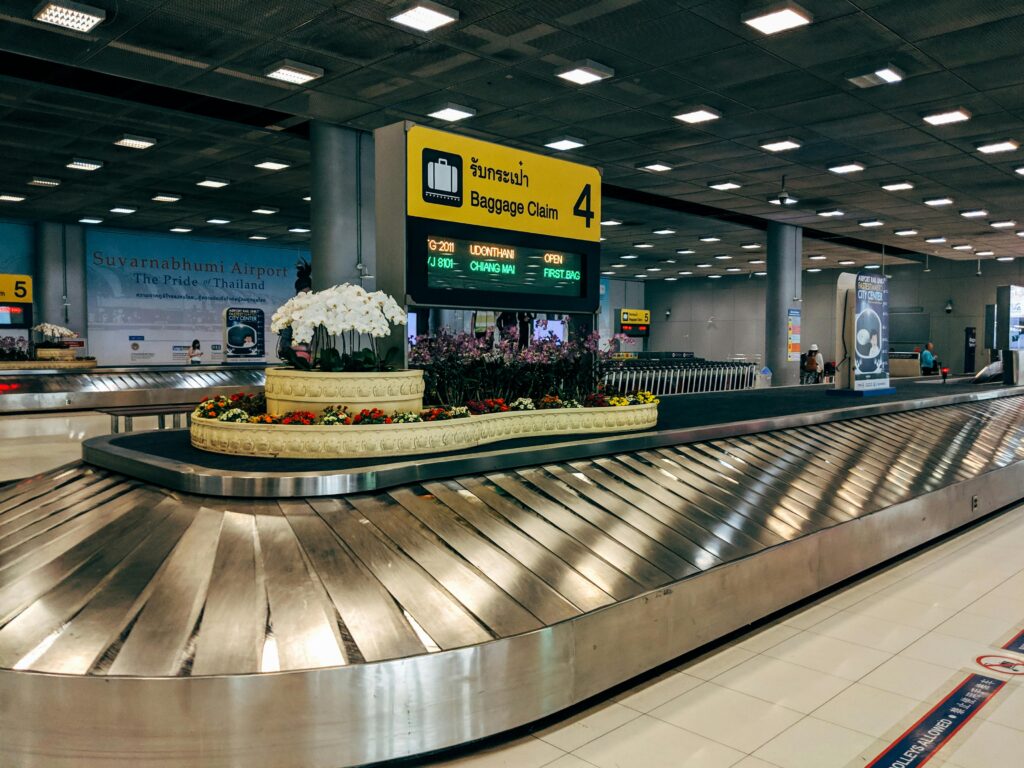
Bottom line
If your international trip costs $1,250 per person, a fair price for solid protection is roughly $50 to $125 each. For that, you’re getting cancellation coverage, medical and evacuation protection, delay and baggage help, and someone to call at 2 a.m. when things get weird. Allianz, Travel Guard, Travelex, and World Nomads all sit in that mainstream zone with clear benefits and big assistance networks. Check your must-haves, match limits to your trip, and buy early if you want special waivers. Then relax. You planned well, and you’ve got backup if life throws a curveball.

